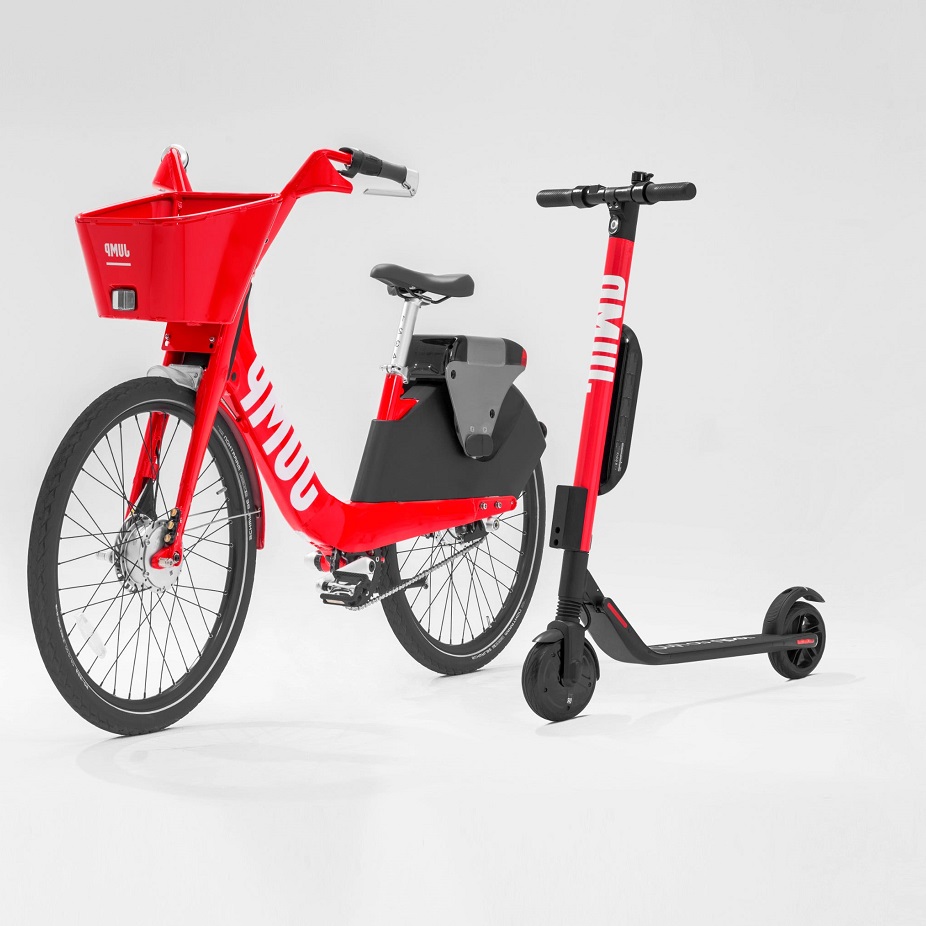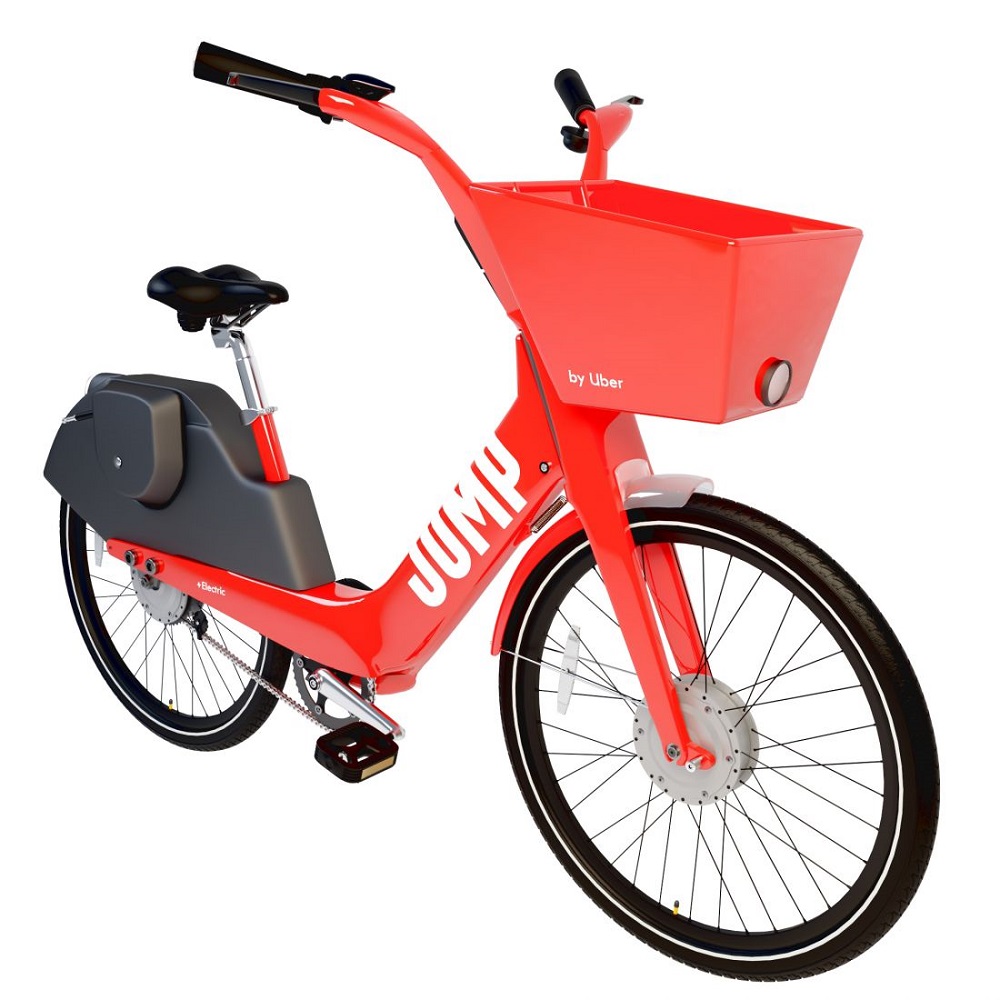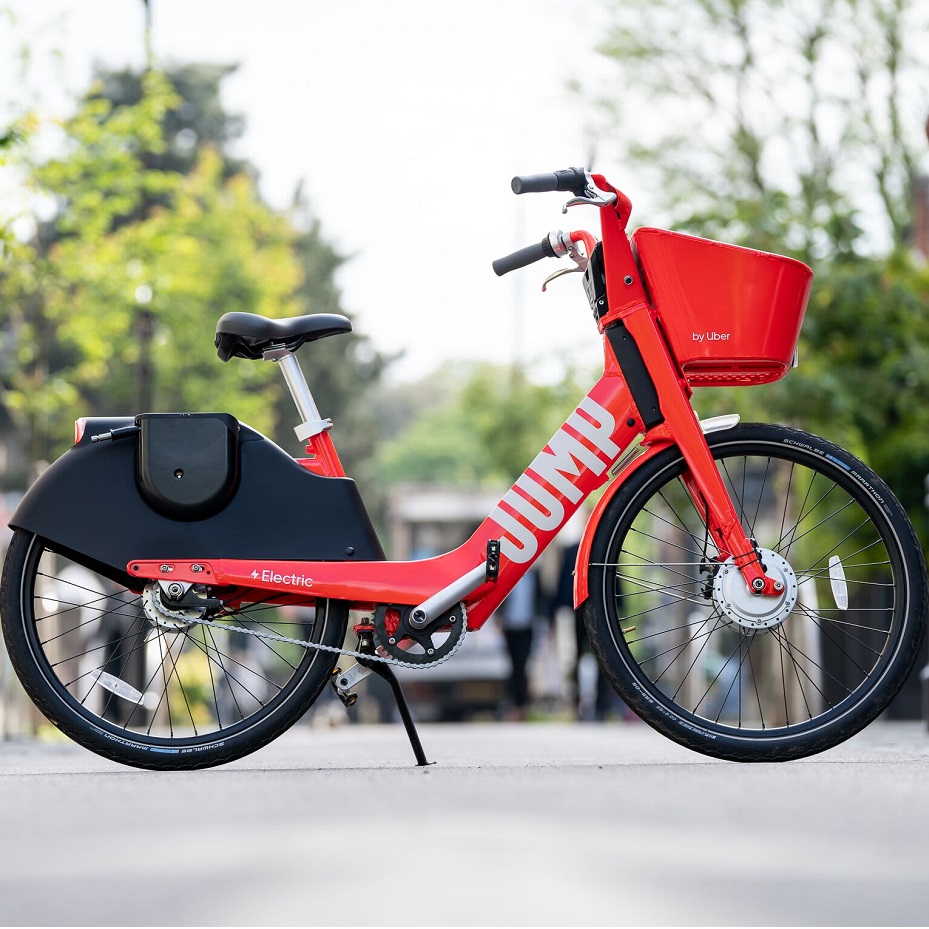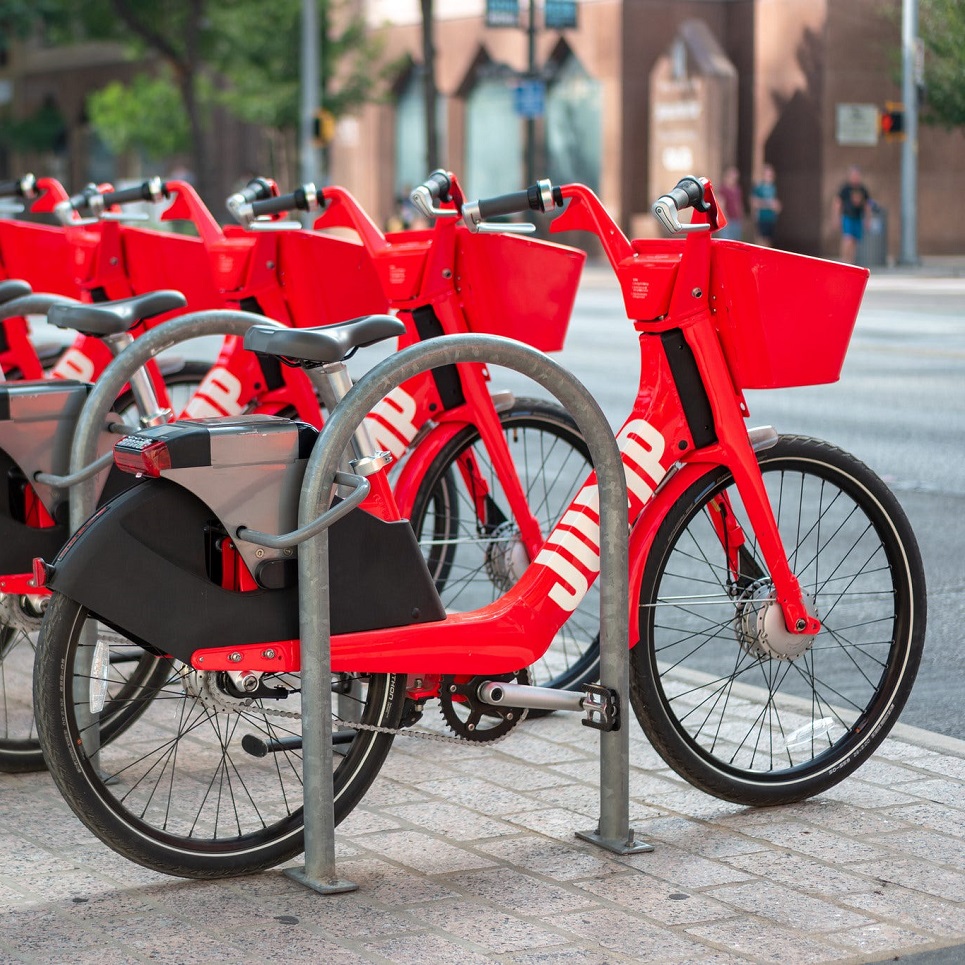Introduction to Uber Bicycle
Urban transportation has witnessed tremendous changes over the past decades. With increasing concerns about traffic congestion, pollution, and the need for sustainable travel options, ridesharing companies have adapted to meet these challenges. Among these adaptations is the introduction of Uber Bicycle. Uber, initially known for its ridesharing services, has branched out, providing bicycles for short trips. This service can be an effective solution for commuting in busy urban areas. Uber Bicycle allows users to bypass traffic jams, avoid the hassle of parking, and contribute to a cleaner environment.
Uber Bicycle is part of Uber’s commitment to creating a network of transportation options. This service blends convenience with eco-friendliness. In the age of climate change, many individuals seek transportation solutions that minimize their carbon footprint. Riding a bike is one of the cleanest modes of transport available. Therefore, it’s no surprise that more people are turning to Uber Bicycle for their commuting needs. With the app, users can find, unlock, and ride a bike with just a few taps on their smartphones.
As cities continue to grow, they face various mobility challenges. Traffic congestion slows down commutes and frustrates drivers. Additionally, the growth of urban populations leads to a higher demand for efficient transportation methods. In response, Uber Bicycle offers a flexible option for anyone needing to traverse the city quickly. The workforce is increasingly flexible, and many workers benefit from easy access to various modes of mobility. As a result, the emergence of bike-sharing initiatives like Uber Bicycle can enhance urban mobility.
How Uber Bicycle Works
Easy Access Through the App
Uber Bicycle operates seamlessly through the Uber app. Users just need to download the app onto their smartphones. The app requires creating an account, which is straightforward and user-friendly. Once the account is set up, users can easily locate available bicycles near them. The app displays a map highlighting the bike’s location, making it easy to find the closest bicycle.
After spotting a bike, users can unlock it directly through the app. The process is smooth and quick. Users may need to input their payment details if they haven’t done so previously. Once the payment information is saved, the service becomes even more efficient. There’s no need to worry about cash or wallet details when ready to ride. This convenience saves time for users who are often busy and need reliable transport options.
As users start their ride, they can enjoy the benefits of cycling without the hassles of bike ownership. There’s no need to maintain the bike, pay for insurance, or worry about theft. The bike is readily available whenever they need it, further enhancing its appeal as an urban transportation choice. Once the ride is complete, users can park the bicycle in designated areas. The app will guide them on where to park properly, ensuring the bike is secure when not in use. This overall process exemplifies how urban transportation can be simplified, making it accessible to everyone.
Affordable and Flexible Pricing
Another attractive feature of Uber Bicycle is its pricing model. Users can benefit from several pricing options. For casual riders, Uber often provides a pay-per-ride option. This is great for individuals who don’t cycle regularly but need a quick way to get from one point to another. Riders can just pay for the duration of their ride. It is an economical choice for those on a budget or those who need specific trips.
For avid cyclists or frequent users, Uber Bicycle typically offers subscription plans. These plans allow users to pay a monthly fee, giving them unlimited access to the bike-sharing service. Such plans are beneficial for those who frequently commute shorter distances and want a more predictable cost. Users can easily factor this expense into their monthly budget without worrying about variable costs.
The flexible pricing strategies of Uber Bicycle encourage more people to consider riding bikes. It accommodates a diverse audience of casual cyclists and enthusiastic riders. This variety means that more people can experience the benefits of biking, regardless of their cycling habits. Uber Bicycle’s affordability makes it a favorable alternative to traditional transportation options like taxis or rideshares, especially for shorter distances. As a result, it promotes cycling as a viable daily travel option in urban environments.
The idea of affordability extends beyond just individual riders. By measuring the ecological impact, cities can assess the benefits of bike-sharing services like Uber Bicycle. For instance, reducing reliance on cars decreases carbon emissions. It also lessens the strain on public transport systems during peak hours. The environmental benefits of increased cycling can also lead to public health improvements. Cities can witness reductions in air pollution, leading to healthier urban populations.
The Benefits of Using Uber Bicycle
Environmental Impact
One of the most significant benefits of using Uber Bicycle lies in its positive environmental impact. Traditional transportation methods, including cars and buses, contribute to carbon emissions. These emissions contribute significantly to climate change, air pollution, and various health problems. By encouraging more people to cycle, Uber Bicycle plays a part in reducing the number of vehicles on the road. Every bike ride contributes to lowering carbon footprints in urban areas.
When more individuals opt for biking instead of driving, traffic congestion decreases. This reduced congestion leads to fewer idling cars and, consequently, reduced air pollution. A cleaner environment has positive repercussions for public health. Studies have shown that areas with reduced air pollution report fewer respiratory problems and better overall health among residents. Cities that prioritize bike-sharing systems take a significant step toward achieving better environmental standards.
In addition to directly reducing emissions, Uber Bicycle promotes a lifestyle change within urban populations. Cycling can encourage healthier living. As more people adopt biking as their primary form of transportation, they integrate physical activity into their daily routines. Regular physical activity is essential for maintaining good health. It can help prevent chronic diseases, increase fitness levels, and improve mental health. By promoting biking, Uber Bicycle can therefore improve the community’s quality of life.
Cost-Effectiveness
Besides environmental benefits, cost-effectiveness is a substantial advantage of Uber Bicycle. Owning a car can be expensive. Expenses include fuel, insurance, maintenance, and parking costs. In contrast, using Uber Bicycle involves minimal expenses. Users pay only for the rides they take or the subscription they choose. The cost of riding a bike is considerably lower than maintaining a vehicle.
For those who live in urban areas, using Uber Bicycle might become more appealing than owning a car, especially for commuting. Since bikes are often faster for short distances, riders can save time and money. Additionally, with fewer parking headaches, cyclists eliminate that stress altogether. This aspect makes Uber Bicycle an attractive option for busy professionals who want to save time and money each day.
Apart from being cost-efficient for users, Uber Bicycle can also have economic benefits for cities. Increased mobility can assist local businesses. As people cycle more, they become more willing to explore different neighborhoods and business districts. A bike-friendly city encourages consumers to visit shops, restaurants, and cafes they may have overlooked when driving. This can lead to an increase in sales for local businesses, benefiting the local economy.
Moreover, local governments may benefit from reduced infrastructure costs. With more people cycling, there’s less need for extensive road networks and parking facilities. Investing in bike lanes can contribute to longer-term savings in road maintenance and improvement. Cities can benefit from the economic cycle created by prioritizing bike-sharing options like Uber Bicycle.
Challenges and Considerations
Safety Concerns
While Uber Bicycle presents numerous benefits, safety remains a considerable concern. Cyclists often navigate busy streets filled with vehicles, making the risk of accidents a reality. Hence, addressing safety issues is crucial for promoting urban biking. Companies like Uber consider this critical element. They encourage responsible riding behaviors and stress the importance of cycling safely.
However, it is essential for cities to ensure that infrastructure supports safe cycling. Bike lanes are crucial for protecting cyclists as they ride. Drivers must also be educated about sharing the road with cyclists. A culture of mutual respect on the roads is necessary to enhance the overall safety of all commuting options. Investing in safer cycling infrastructure can encourage more people to try biking.
Additionally, safety education should accompany bike-sharing programs. Companies can develop initiatives to teach new cyclists about important safety protocols. Basic riding skills and traffic rules should be part of any cycling program. By providing consistent safety education, companies can reduce the likelihood of accidents and injuries on urban streets.
Public Perception
Another challenge Uber Bicycle faces involves public perception. Many people still regard cycling as less desirable compared to driving. Some may view biking as requiring more effort, especially in hilly areas or bad weather conditions. Educating the public on the benefits of biking is essential. Marketing strategies can change the narrative surrounding cycling, aiming to portray it as a modern, efficient transportation choice.
Additionally, public discussions around infrastructure development for cycling can enhance acceptance. If people see cities investing in bike lanes and bike-friendly initiatives, they may begin to view cycling as a valuable mobility option. The need for collective action from local governments, Uber, and community members are crucial for changing perspectives on transportation.
Moreover, addressing concerns about bike theft and vandalism is important. Although Uber provides secure bike parking locations, cyclists need reassurance that their bikes will be safe. Public initiatives can help reduce theft, making it easier for new cyclists to embrace biking as a travel option. Community engagement will be vital in creating safer environments for cyclists.
The Future of Uber Bicycle
Expansion Plans
As cities evolve, so does the need for more transportation options. Uber Bicycle is likely to expand into more urban areas as its popularity increases. The concept of bike-sharing has gained traction globally. Cities worldwide have embraced biking as a sustainable travel option. Uber’s established platform puts it in an excellent position to drive this trend forward.
Expansion plans may include partnering with local governments to improve infrastructure. Cities can work with Uber to enhance bike lane networks, create safe parking stations, and promote bike-friendly policies. This kind of collaboration can lead to successful implementation and the growth of cycling as a viable mode of transportation. Governments have a vested interest in promoting sustainable travel solutions, and initiatives like Uber Bicycle could assist in realizing these goals.
Moreover, user feedback is essential for Uber Bicycle’s future developments. Uber can analyze ride data to determine which areas require greater service. Understanding ride patterns can lead to better bike distribution and availability. The more efficiently bikes are deployed, the more users will enjoy their experiences, further expanding usage.
Integration with Other Transportation Services
The integration of Uber Bicycle with other transportation services can take usability to another level. By combining ridesharing services with bike-sharing initiatives, users can have even more travel options. For example, a user could seamlessly transition from an Uber ride to an Uber Bicycle, making travel easier and more efficient.
Enhancing connectivity with public transport systems is also essential. A more comprehensive transit system can include bike-sharing options, encouraging users to mix cycling with trains or buses. Integrating services could lead to lower traffic congestion as more people opt for sustainable transit combinations. Future digital platforms may make planning multi-modal journeys seamless, benefitting users.
Community Engagement and Collaboration
Local Partnerships for Success
Beyond infrastructure, community engagement will play a vital role in the success of Uber Bicycle. Collaborating with local organizations, nonprofits, and community groups can help spread awareness about the benefits of cycling. Partnering with schools and universities can introduce biking to younger populations and encourage healthy habits from an early age.
Such collaborations may include community events promoting biking. Organizing bike rides or completing community challenges can spark interest in cycling. Engaging local influencers or athletes to promote the program can further enhance visibility. Moreover, involving residents in discussions about biking initiatives fosters a sense of community ownership and involvement in the decision-making process.
By prioritizing community input, Uber Bicycle can improve its services and adapt them to local needs. Regular surveys and feedback opportunities can help monitor the program’s effectiveness. Continuous communication with the community ensures that the service remains relevant and responsive to the population’s needs.
Encouraging Inclusivity
To thrive, bike-sharing programs should prioritize inclusivity. Uber Bicycle must cater to everyone, regardless of age, ability, or socioeconomic status. Making bikes available in various neighborhoods—especially underserved areas—ensures that everyone can access the service. Having bikes with adaptable features for individuals with disabilities can enhance inclusivity within the program.
Moreover, community outreach to promote safety and education is necessary for fostering an inclusive cycling culture. Offering workshops or classes to teach cycling skills can empower individuals who may feel intimidated by biking. Providing resources such as maps highlighting safe routes can encourage new cyclists to explore their neighborhoods. The goal should be to create an inclusive atmosphere where biking is accessible to all.
Conclusion: A New Era of Urban Mobility
Uber Bicycle signifies a shift in urban commuting. As populations grow and cities become more congested, innovative transportation solutions are essential. By promoting biking, Uber Bicycle can play a crucial role in reducing traffic and carbon emissions. The opportunities presented by Uber Bicycle align with the need for sustainable urban living.
The future of urban transport lies in a collective effort. By combining the benefits of bike-sharing, public engagement, and increased safety, cities will create lasting change. Emphasizing the importance of cycling can encourage healthier habits and improve the overall quality of urban life. Public infrastructure investment, community support, and engagement will all serve as crucial components in this new mobility paradigm.
As we look ahead into the future, the success of Uber Bicycle depends on how effectively urban planners, companies, and communities collaborate. By working together, cities can become more navigable, environmentally friendly, and ultimately, more enjoyable places to live. The journey toward a bike-friendly urban landscape has begun; the best is yet to come.





